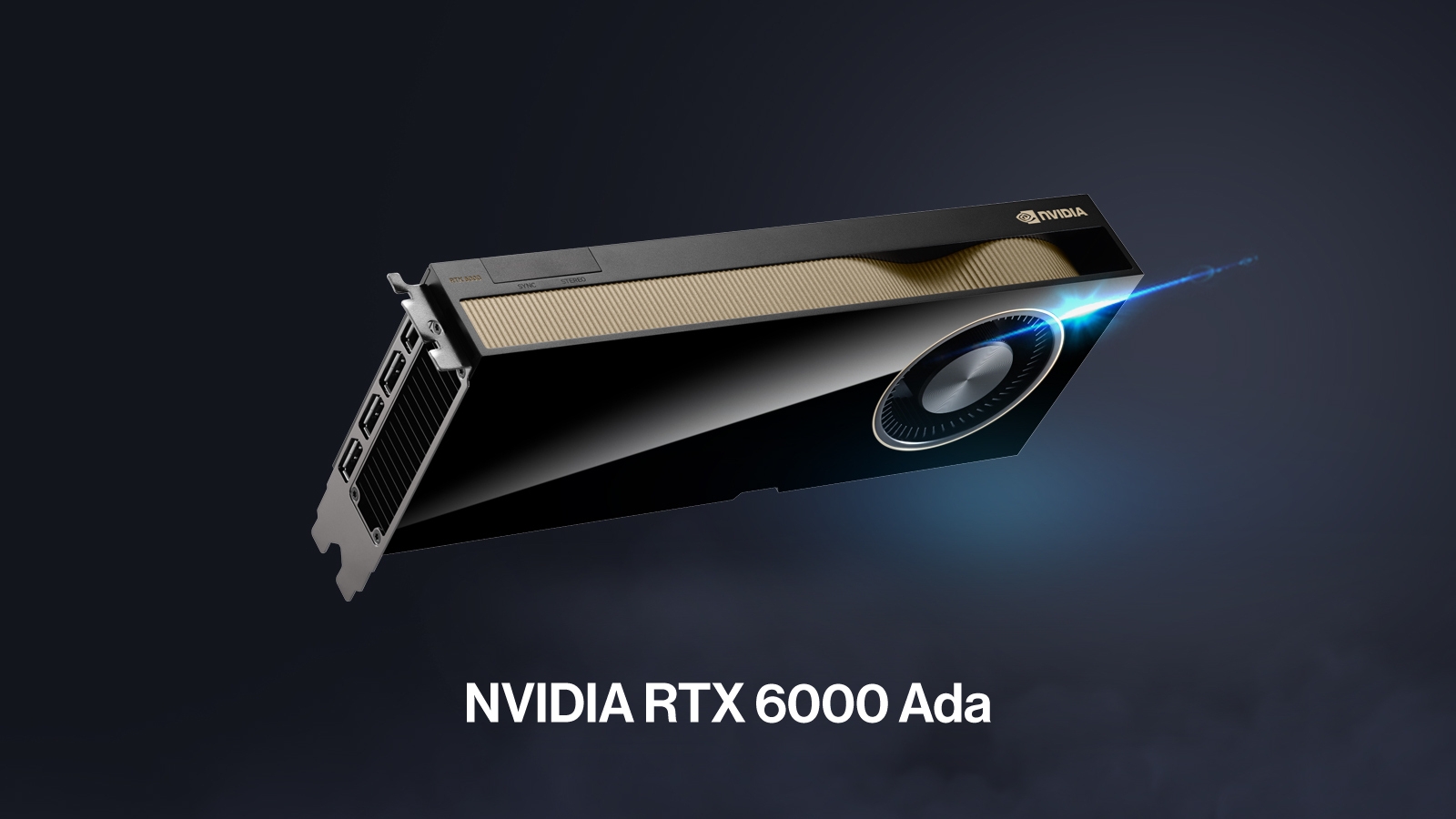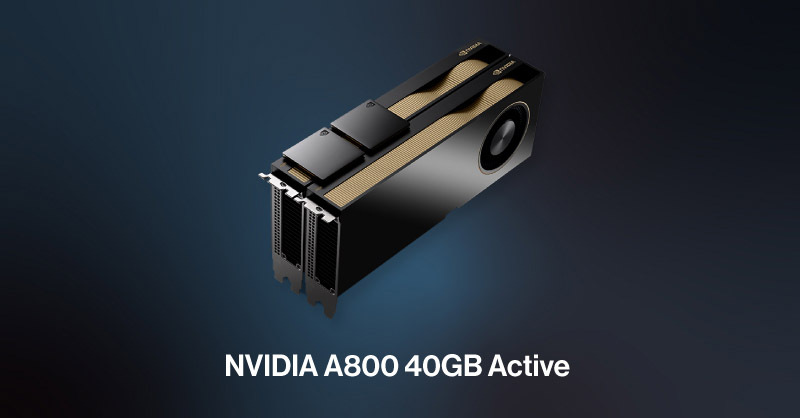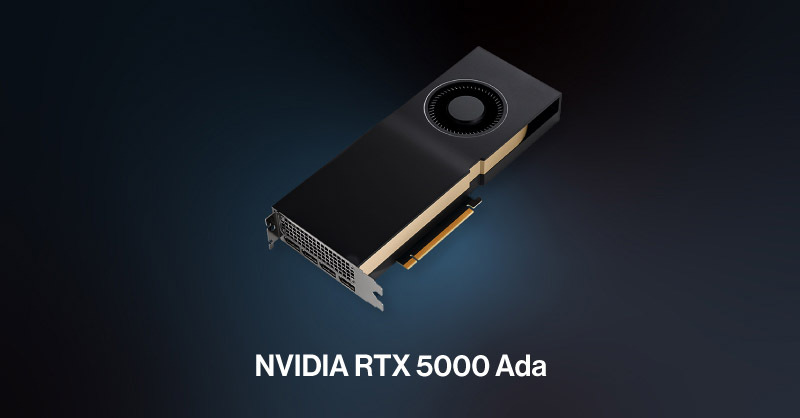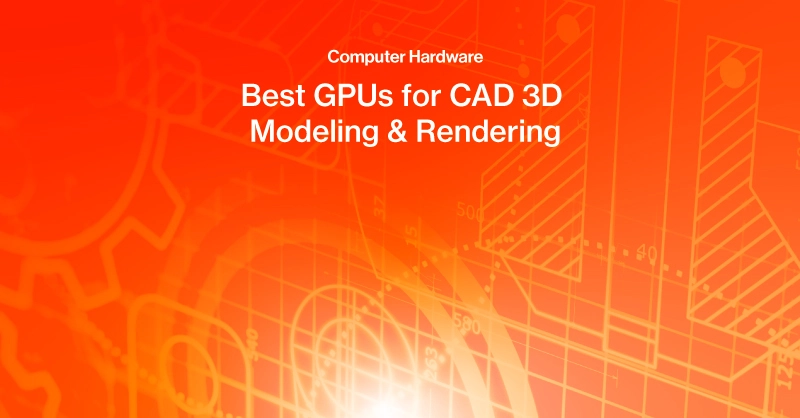Choosing The Right GPU for Computer-Aided Design
CAD, or computer-aided design, is the backbone of manufacturing and engineering prototype machinery, 3D modeling, vehicles, you name it. Model an internal combustion engine, evaluate articulation and range of motion with motion analysis tools, or render and add various textures to your CAD model and place it in an environment for complete visualization. There’s a lot to do and huge back and forth between workloads in CAD. So, what are the best GPUs for CAD? First, let’s define what CAD is.
What is CAD?
Computer-aided design (CAD) refers to the use of computer software to facilitate the creation, modification, analysis, and optimization of a prototype design. CAD software enables engineers, architects, and designers to create precise drawings and models in both 2D and 3D formats. These digital designs can range from simple sketches to complex geometrical shapes, allowing for detailed visualization and simulation. By utilizing CAD, professionals can enhance productivity, improve design quality, and streamline the design process, significantly reducing the time and cost associated with traditional drafting methods.
The most adopted CAD tools include AutoCAD, SolidWorks, CATIA, and Autodesk Inventor. AutoCAD, one of the most widely used CAD programs, offers robust features for drafting, drawing, and annotating, making it ideal for architecture and civil engineering. SolidWorks and CATIA are favored in mechanical engineering and product design due to their powerful 3D modeling capabilities and simulation tools. Autodesk Inventor provides comprehensive solutions for mechanical design, simulation, and tooling creation. Each of these tools is equipped with a variety of functionalities that cater to specific industry needs, ensuring that professionals can develop precise and efficient designs. The Dassault products SolidWorks and CATIA are software adopted by most enterprises and are also the most compute-intensive of the bunch.
CAD software allows engineers to create detailed models of vehicle components, simulate performance under various conditions, and make necessary adjustments before physical prototypes are made. In architecture, CAD enables architects to design and visualize building structures with precision, assess spatial relationships, and integrate various building systems. It is also used in fields like aerospace, industrial design, and electronics, proving its versatility and essential role in modern design and manufacturing practices.
Choosing the Best GPUs for CAD
Our recommendations will target the larger and more complex models with over 10 million polygons. This is to ensure that although you may have less than 10 million polys, as your models increase in complexity, you won’t be left wanting a little more performance. Here are our general recommendations for selecting a GPU:
- Workstation Certified - NVIDIA RTX and AMD Radeon PRO lineup of GPUs includes dedicated and verified drivers that support CAD software, reduce the risk of crashing, and even have better capabilities regarding shaders, movement, and more. Certified cards, while cost more, include official support and peace of mind
- Ample GPU Memory (At least 24GB): Models get quite large and need to load properly in the viewport. Low GPU memory means manipulating the model in space gets extremely unsatisfactory littered with stuttering, waiting to load, blurry models, etc.
1. NVIDIA RTX 6000 Ada
The NVIDIA RTX 6000 Ada’s capabilities as a GPU accelerator are second to none. The RTX 6000 Ada utilizes the performance king NVIDIA RTX 4090 GPU die but with productivity and design focus. It sports 48GB. With more CUDA Cores and higher RAM, we can expect the RTX 6000 Ada to perform on par if not better than the RTX 4090, barring any power constraints. The added VRAM will make light work on highly dense 3D models and environments and render scenes quicker. The RTX 6000 Ada is a workstation-class GPU, and we recommend a workstation-class CPU to go hand in hand.

2. NVIDIA A800 40GB Active
Many CAD modelers could also be in the CFD or FEA space (computational fluid dynamics and finite element analysis). This workload requires capabilities to run simulations on FP64 precision. The only workstation GPU that offers native FP64 is the NVIDIA A800 40GB Active built on the Ampere architecture. It uses the same die as the previously known flagship NVIDIA A100 Tensor Core GPU but now with an active cooler and able to slot into workstations
Although from the last generation, the NVIDIA A800 40GB Active is no slouch when it comes to performance. That 40GB of memory isn’t the classic GDDR6 memory; A800 has high bandwidth memory or HBM2e delivering ungodly memory bandwidth at over 1.5TB/s. NVIDIA A800 can also utilize the NVLink bridge to pair GPUs together to work as one giant GPU.

3. NVIDIA RTX 5000 Ada or RTX 4500 Ada
If your models are smaller and this system is dedicated to just CAD modeling, then the NVIDIA RTX 4500 and 4000 Ada are great GPUs for less dollar. These feature 32GB and 24GB respectively and provide ample performance for visualizing medium to large models. SolidWorks and CATIA here are the most compute-intensive, thus AutoCAD and Inventor should perform great using RTX 5000 Ada and RTX 45000 Ada.

Hardware Suggestions for CAD
CAD is a compute-intensive application and supporting workloads are adopting GPU-accelerated computing. To keep up with the latest applications and to utilize their capabilities, a few things are imperative to consider.
Don’t Count out CPUs: While Graphics Cards are making visualizations smooth, your CPU should be just as capable. We recommend at least 16 cores for CAD with exceptional single-core performance and high clock speeds. We recommend Threadripper, Threadripper PRO, and Intel Xeon W. Choose middle-of-the-pack core counts and aim for higher base clock speeds.
System Memory (RAM): We encourage you to never skip out on RAM. As projects get larger and larger the more immediate memory your system will need from the GPU to keep up with your workload. 32GB of RAM to start; and 64GB and up for larger models.
High GPU Core Count: For NVIDIA they are called CUDA Cores and for AMD they are called Stream Processors. The more cores in a GPU enable the ability to handle larger mathematical calculations within your model and render. To keep it simple, the higher the tier, the more cores per GPU.
Workstation vs Gaming GPUs: Make sure you’re checking to see if the GPU is optimized for the workload. As mentioned above, all CAD application drivers are supported on Workstation GPUs, but not all gaming GPUs support these CAD drivers natively. With optimized drivers comes smoother and faster performance as well as the dedicated support from both hardware and software vendors.
Closing Remarks
Whatever you pick to be the GPU of choice do your research on what your workload requires as you may be able to get away with lower-tier products to remain within budget. However, your creativity is your asset and there should be no compromises to your imagination.
SabrePC can help alleviate the need to spec your system since we build highly customizable and configurable workstations and servers fit for your every need. From single GPU desktops to 10 GPU server nodes, rest assured that we will help you along the way in getting the right tool in your hands. Contact us today to get started on building a CAD or Engineering Workstation/Server today!



